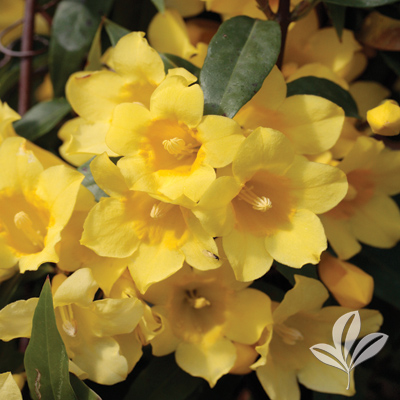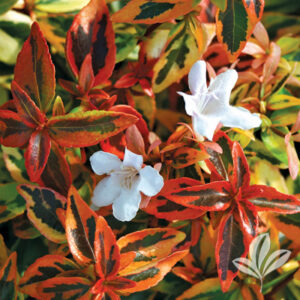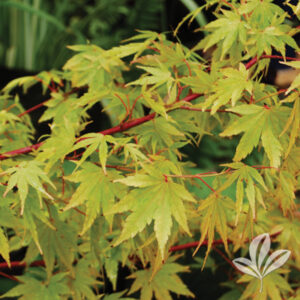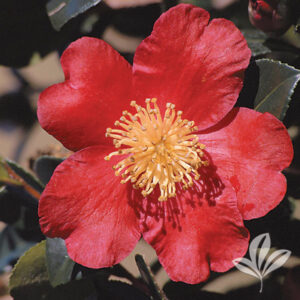I planted my tulips, crinum lily, iris, and narcissus in November. Mid-February is now upon us and I know because it also reminds me I am a year older, and I see the emergence of my beloved friends. The tulips and narcissus will bloom anytime from mid-March to mid-May depending on the weather and crinum lily “Ellen Bosanquet’ will bloom for me later this summer. The repeat blooming, iris germanica, will start blooming in April and stop sometime around October. This makes my heart happy, without question, because they all require little to no work on my part besides occasional raking of winter foliage and fertilization.
I choose to naturalize my new bulbs, letting them become part of my year-round landscape. It is important to fertilize spring bulbs as soon as they emerge (February to March). I choose to use a slightly balanced fertilizer like 9-9-6. Remove flower organs with scissors after the flower petals fall off. It is important to allow the foliage to die naturally!
Time to start scouting for insects. For bulb propagation and growing, insects are generally not a problem. Should aphids appear, they can be controlled with organic insecticides or Malathion type products. Follow ALL label instructions. Never use a pre-emergent in or around bulb areas, even after bulbs emerge. Pre-emergent can cause flower abortion, especially on tulips, as well as growth distortion. Again, read all label instructions.
I also love to potscape (container gardening). Try large containers like whiskey barrels, long boxes, or redwood tubs as they have several advantages.
Versatility: Decorate terraces, patios, porches, paved or gravel areas, courtyards, balconies, outdoor staircase landings, the gate or front door, etc.
Mobility: Flowering containers may be moved at will, whenever they are wanted for decorative purposes.
Flowering containers may also be removed or replanted after flowering when the foliage starts dying.
**Best of all, weeds rarely pose a problem.



